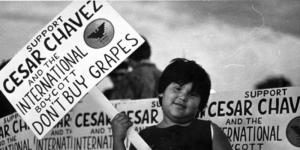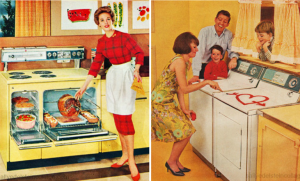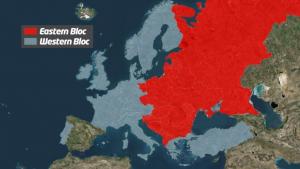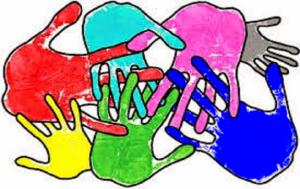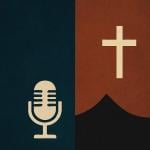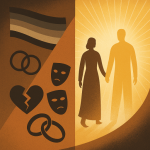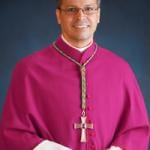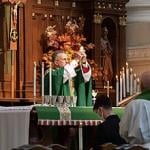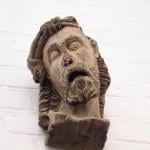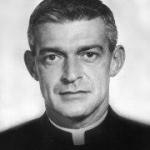
A First Look at Catholic Modern by James Chappel
I have been reading and writing about the Catholic Church during the years Augosto Pinochet was dictatorial ruler of Chile. The reading was from William T. Cavanaugh’s 1998 book Torture and Eucharist: Theology, Politics, and the Body of Christ. That has led me to further exploration of church-state relations for two reasons. I wanted another take that was not tied into a specific country and such an extreme situation as Pinochet’s Chile. And I wanted to get another look at the respected Catholic thinker Jacques Maritain. He comes in for (respectful) criticism in Cavanaugh’s book. I found what I needed in James Chappel’s Catholic Modern. It helps also that Chappel’s 2018 book is 20 years more recent.
This is the first in a series on Catholic Modern: The Challenge of Totalitarianism and the Remaking of the Church by James Chappel.
Chappel explores his main thesis through the decades of the 1920’s to the 1960’s. His approach is representative rather than thorough. That makes for an interesting read. He largely develops three major themes – family, economics, and politics. To each he assigns a representative thinker from one of three countries – Germany, France, or Austria. Many more characters come in as background. The thesis of Catholic Modern is that the anti-modern Church through the 1920’s became decidedly modern in the 30’s.
That doesn’t mean that the Church wholeheartedly accepted such Enlightenment themes as rationalism, individualism, and rejection of tradition. Rather, the Church committed itself to the modern separation of church and state, from which a lot of other modern themes flow. The transition to modernism emerged with
… a new set of keywords: antitotalitarianism, dignity, religious freedom, and human rights. This discourse presumed the disentanglement of religion and politics, and of the private sphere from the public. (p. 12)
That modern separation, with the Church working from a more private sphere, according to Cavanaugh in my previous posts, did not work out so well for the Church and people of Chile. It sidelined the Church in a situation of social crisis. Would another, broader, look at modernity and Church reinforce that notion of modernity’s religion as a private matter? Would Chappel’s Catholic Modern show a similarly ineffective Church? These questions motivated my new reading.
The Church pursues two ways of being modern
The question that divided Christians during much of the 20th century was, Which was the worse of two totalitarianisms, Communism or fascism/national socialism? Throughout the 30’s and 40’s the majority worried most about Communism. Chappel’s term for their position is “paternal modernism.” A significant minority thought the totalitarianism of Hitler and Mussolini was the greater evil. They were the “fraternal modernists.” The labels themselves indicate that the former valued authority and hierarchy and the latter valued equality and collaboration.
It was shocking to learn how much anti-Semitism there was in this “modern” Church. This was especially true of the paternal modernists. They often lumped Jews together with Communists, and they found considerable agreement with Fascists, who also favored large families. Fraternal Catholic moderns, on the other hand, included converts from Judaism, such as Maritain. Others gradually worked their way out of earlier anti-Semitism, coming to see Fascist racism as the greatest sin of totalitarianism.
Through the entire period that Catholic Modern covers, paternal modernism remained the majority view among Catholics. That changed, at least with respect to anti-Semitism with the Second Vatican Council. Nostra Aetate, the council’s Declaration on the Relation of the Church to Non-Christian Religions rejected the charge of deicide against the Jews as well as any anti-Semitism.
Toward today
For me the most dramatic parts of the book are the last chapters. During the “long 1950’s,” from 1949 to 1964, the Church enjoyed a fairly unified view of modern church-state relations. That fell apart in the 1960’s with a critique of modernism itself.
For a while, economic development had seemed the way to address the social concerns of both liberals and conservatives. Meanwhile specifically religious sentiment retreated to a relatively private space. Declining worries about Communism and a de-colonization movement, however, set the stage for Liberation Theology. Fifties-style development only seemed to extend the power of the elites. A theology from the point of view of the downtrodden looked to liberation as the new model for Catholic politics.
Today’s neo-orthodoxy and revisionism, Vatican II reforms, “reform of the reform,” and return to Vatican II, make one thing clear. The relative quiet of the church in the “long 50’s” was an anomaly. Actually, there have been few theologically quiet periods in Church history, and the relation between Church and state is as controversial now as ever.
Image credit: Amazon.com via Google Images



